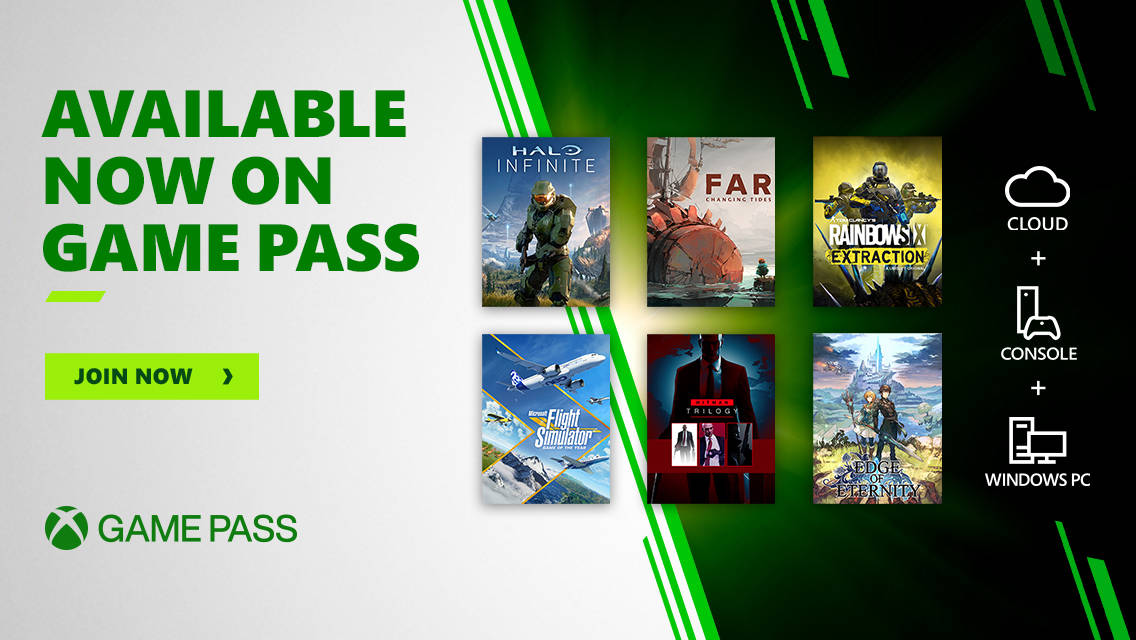When I was a freshman at the University of North Carolina at Asheville, my biggest addiction wasn’t binge drinking or illicit substances. Instead, it was PopCap Games’ casual tower defense game, Plants vs. Zombies. I skipped more than a few classes in order to finish out a round, and the game was the cause of the worst Pop-Tart fire that my depressingly small shared-living space had ever seen. I’d played tower defenses before, but with a goofy world and sound design, Plants vs. Zombies wrapped me up in a way that jeopardized my future.
And, though I admit my life is probably better for it, when PvZ’s take on the team-based third-person shooter, Garden Warfare, launched in 2014, I was ultimately disappointed. It felt like a moderately satisfying shooter with a colorful coating of Plants vs. Zombies painted over it. As a result, I was never able to get attached to the plant-protected world of Suburbia like I did with the original game. Luckily, PopCap has gone out of their way to amend many of the first Plants vs. Zombies shooter’s issues with Garden Warfare 2.
My biggest problem with the original was that I had no idea how to learn the multiplayer-only game’s numerous characters, modes, or objectives without losing match after match for my team. A simple series of tutorials might have served me well, but PopCap goes above and beyond in teaching players how to get into Garden Warfare 2 by adding a great deal of single-player content.
With its solo game modes, Garden Warfare 2 creates a safe learning environment for newcomers while also providing a layer of characterization that was absent from the series’ previous entry. Quests given out by elite members of both the plant and zombie sides drop players into instanced maps which simulate encounters you might come across in multiplayer modes. These mini-matches give players a structured, if at times repetitive, environment to test characters’ powers while earning a few coins outside of hectic multiplayer bouts. Each mission has a goofy goal like testing out Rose’s new magical wand, or finding a dowsing rod to track down the Zomboss’ lair. These missions allow the dev staff to flex their creative muscles, showing off the personalities of the heroes on each side of the battle along with the team’s stellar punning ability.
By the time you finish Garden Warfare 2’s single player options, you’ll be ready to take on other players. Most of Garden Warfare 2’s six multiplayer modes are similar to those found in other shooters. The format for cookie-cutter game types like team deathmatch, domination, kill confirmed, and bomb planting closely resembles those from EA’s other popular shooter property, Battlefield. They’re serviceable copies that function mainly as quick ways to jump right into the action, but lack any of the originality that penetrates the rest of the game. The remaining two are a beginner mode, which eases players into multiplayer matches without any of its crazy character variants, and Turf Takeover, which is a combination of the first game’s Gardens & Graveyards and Herbal Assault modes. Out of the six, the only one I plan on frequently returning to is Turf Takeover, which showcases the game’s personality while also delivering a unique asymmetrical battle.
Turf Takeover requires one side to defend a series of points against the other’s attempts to capture them. When a point is taken, the defending team falls back to another one further on in the level. After all the points are captured, the game shifts to a final objective that gives every match a sweet climax. My favorite map ends with the zombies pushing a foot-shaped battering ram in order to topple a plant castle’s gate. Turf Takeover’s levels are designed deliberately, with cover and bottlenecks in all the right places to make every match tense.
Another seemingly endless source of satisfaction was the act of unlocking and experimenting with numerous variations on the classes. Each faction has seven different classes, and each one has unlockable versions and skins which go far beyond cosmetic changes. Custom animations, different styles of attacks, and altered abilities set each one apart from the next. For example, Fire Rose has a chargeable attack that burns enemies, but Druid Rose can poison enemies with rapid-fire shots.
These characters are unlocked through in-game booster packs. This method of delivering content seems like the first step into creating a microtransaction-heavy wallet-drainer, but I earned enough coins from playing in multiplayer matches that I never felt compelled to purchase any in-game currency. In fact, I never even saw a prompt telling me to spend real-world cash. For those of you wondering how often you’ll be getting a new character, I was able to pick one up about every six or seven matches.
Even though engagements felt generally balanced, I did sometimes have trouble figuring out how an enemy was able to overpower me. The opponents who felled me often owned variations on characters that I hadn’t unlocked, and even though I never felt like the amount of characters someone had was the deciding factor of a one-on-one fight, I still didn’t know what abilities they were using. Since characters are unlocked at random through cards, I couldn’t get the hands-on time to understand the class and variation my opponent used to take me down, which resulted in a few deaths where I had no idea what hit me.
There are also loads of items that only alter a character’s appearance, which allows even more expression when picking your loadout—but sometimes cosmetic changes can get in the way of assessing an oncoming threat. Understanding which variation of what class is firing at you is an important part of strategy, and ditzy goggles and wacky hair muddy the game’s visual language.
When you’re not in multiplayer matches or missions, you’ll spend your time in the Backyard Battleground, a section of the neighborhood which has zombies at one end and plants at the other with an unending war being fought in between.
Each side of the map has a base for each faction that is similar to Destiny’s tower, acting as a hub where you can accept quests and customize your characters. The battleground in between the two hubs is particularly massive, with tons of little secrets tucked throughout, but I never wanted to explore beyond my own base due to the characters’ slow movement speeds. The steady pace works in the smaller multiplayer maps, but trudging through side streets and sewers became a chore after just a couple of trips. I know there are plenty of treasures locked in the halls of the Backyard Battleground, but I’ll probably never find them.
It might be easy to write off Garden Warfare 2 as a kid-friendly alternative to the more violent shooters out there, but you’d be passing up a unique class-based shooter in the process. I don’t see any Pop-Tart fires being caused by Garden Warfare 2, and I definitely won’t be dipping out of work to play it, but I can see myself returning to the lands of Zomburbia in the future.
|
★★★☆☆
Garden Warfare 2 is a simple and approachable team-based shooter that may be lacking on game types, but isn’t lacking in content. There are plenty of reasons to stay in Zomburbia once you sink your teeth in. |
Developer PopCap Games Publisher EA ESRB E10+ – Everyone 10+ Release Date 02.23.16 |
| Plants vs Zombies: Garden Warfare 2 is available on Xbox One, PS4, and PC. Primary version played was for Xbox One. Product was provided by EA for the benefit of this coverage. EGM reviews on a scale of one to five stars. | |





